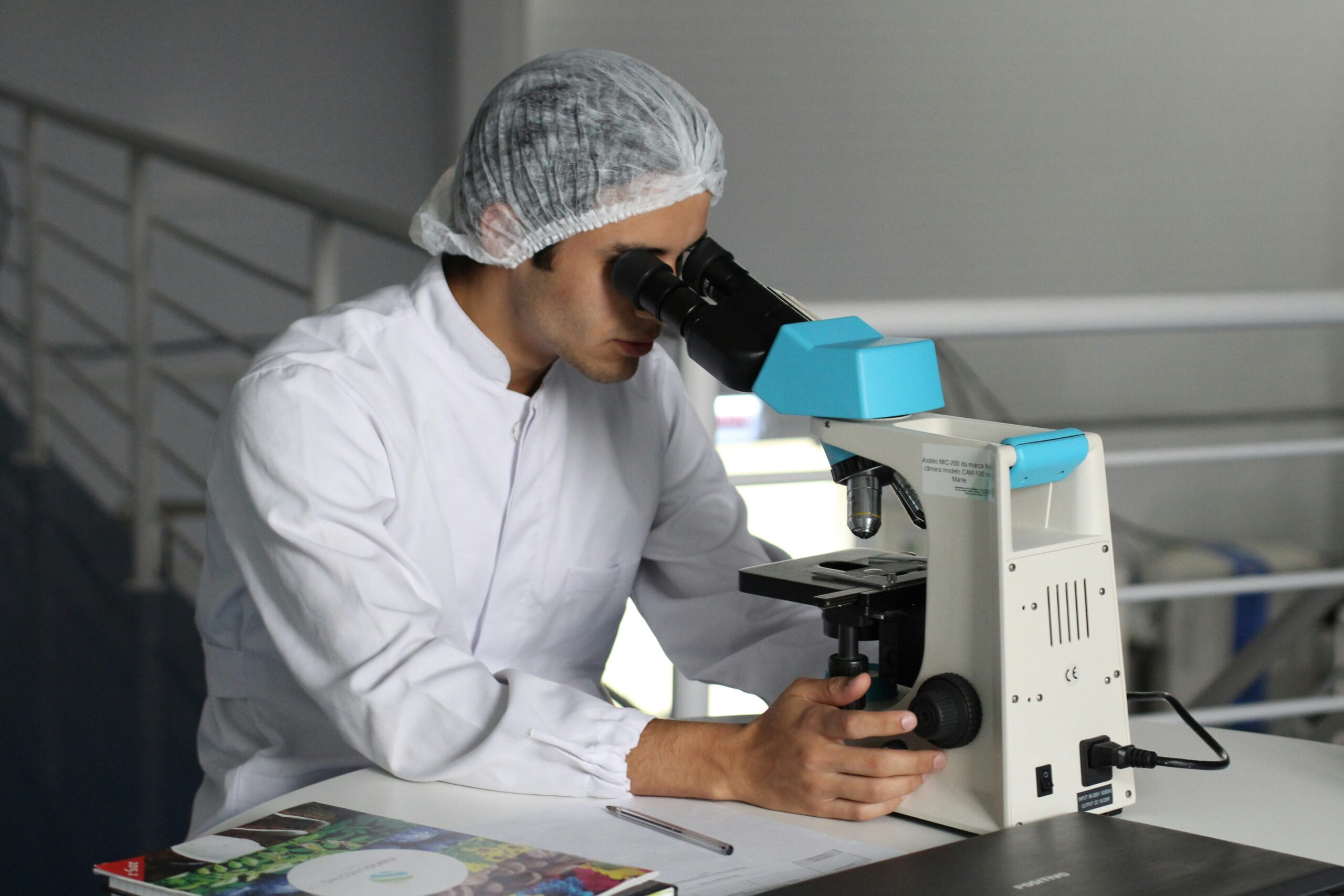Diagnosing cancer involves a multi-step process that may include a combination of medical history review, physical examination, imaging studies, laboratory tests, and biopsy procedures. Timely and accurate diagnosis is essential for initiating appropriate treatment and optimising patient outcomes. In this article, we’ll explore how cancer is diagnosed, the various methods and procedures used to diagnose cancer, emphasising the importance of a comprehensive approach to cancer diagnosis.
1. Medical History and Physical Examination:In order to see how cancer is diagnosed the diagnostic process often begins with a thorough medical history review and physical examination by a healthcare provider. During the medical history review, the healthcare provider will inquire about the patient’s symptoms, medical history, family history of cancer, lifestyle factors, and any relevant risk factors. A comprehensive physical examination may also be performed to assess for signs of cancer or underlying health conditions.
2. Imaging Studies:Imaging studies play a crucial role in diagnosing cancer by providing detailed images of the body’s internal structures, organs, and tissues. Common imaging modalities used in cancer diagnosis include:
– X-rays: X-rays use ionising radiation to create images of bones, organs, and tissues, helping detect abnormalities such as tumours, fractures, or lung nodules.
– Computed Tomography (CT) Scan: CT scans combine multiple X-ray images to create cross-sectional images of the body, allowing for detailed visualisation of internal structures and organs. CT scans are commonly used to detect tumours, evaluate tumour size and extent, and assess lymph node involvement.
– Magnetic Resonance Imaging (MRI): MRI uses powerful magnets and radio waves to produce detailed images of soft tissues, organs, and blood vessels. MRI is particularly useful for imaging the brain, spinal cord, and musculoskeletal system, as well as detecting tumours in the breast, prostate, and liver.
– Ultrasound: Ultrasound uses high-frequency sound waves to create real-time images of organs, tissues, and blood flow. Ultrasound is commonly used for imaging the abdomen, pelvis, and breasts and can help detect tumours, assess tumour characteristics, and guide biopsy procedures.
– Positron Emission Tomography (PET) Scan: PET scans use radioactive tracers to detect metabolic activity in the body and identify areas of abnormal cell growth, such as cancerous tumours. PET scans are often combined with CT scans (PET-CT) for more precise localisation and staging of cancer.
3. Laboratory Tests:Laboratory tests play a critical role in cancer diagnosis by analysing blood, urine, tissue samples, and other biological specimens for signs of cancer or cancer-related abnormalities. Common laboratory tests used in cancer diagnosis include:
– Blood Tests: Blood tests, such as complete blood count (CBC), comprehensive metabolic panel (CMP), tumour markers, and genetic tests, can provide valuable information about blood cell counts, organ function, and tumour-specific biomarkers associated with certain types of cancer.
– Urine Tests: Urine tests, such as urinalysis and urine cytology, can detect abnormalities in urine composition, cell morphology, and protein levels that may indicate the presence of cancer or urinary tract abnormalities.
– Biopsy and Pathology: Biopsy procedures involve the removal of a small sample of tissue or cells from a suspicious lesion or tumour for microscopic examination by a pathologist. Pathology analysis of biopsy samples helps confirm the presence of cancer, determine the tumour type, grade, and stage, and guide treatment decisions
To understand how cancer is diagnosed requires a multidisciplinary approach involving medical history review, physical examination, imaging studies, laboratory tests, and biopsy procedures. By combining these diagnostic modalities, healthcare providers can accurately identify cancer, determine its characteristics, and develop personalised treatment plans tailored to each patient’s unique needs. Early detection and timely diagnosis are crucial for improving cancer outcomes and maximising the chances of successful treatment and survival.
By cancer-research.org team.




